108 Military Central Hospital has just admitted a 44-year-old female patient to the emergency room in a state of extreme fatigue, chest pain, and difficulty breathing. The condition appeared after the patient was injected with an anesthetic (Lidocaine) to inject filler into her nose at an illegal spa.
At the Emergency Department, 108 Central Military Hospital, doctors checked vital signs and found low blood pressure and unstable blood oxygen saturation.
 |
| To ensure safety, people should go to reputable medical facilities. The person injecting fillers must be a trained doctor with full knowledge of anatomy, cosmetic surgery, and a practicing certificate. |
The patient was immediately diagnosed with grade III anaphylaxis to Lidocaine and treated simultaneously with both anaphylaxis and local anesthetic poisoning protocols, using vasopressor adrenaline and 20% lipid emulsion along with other emergency resuscitation measures.
After the patient's condition was temporarily stable, the patient was transferred to the Department of Internal Medicine and Anti-Poison Resuscitation, Resuscitation Center, 108 Central Military Hospital for continued monitoring and treatment.
During treatment, the patient developed severe multi-organ damage (respiratory, myocardial, liver, coagulation disorder), had to combine multiple vasopressors with increasing doses, and had a high risk of death.
Specialist Doctor Nguyen Tien Son, Emergency Department, 108 Central Military Hospital said that the patient was fortunate to receive proper, timely and active emergency care, thus avoiding unfortunate consequences.
Therefore, when people have beauty needs, they should choose reputable cosmetic facilities licensed by the Ministry of Health and have a team of experienced anesthesiologists and resuscitation specialists, and need to equip themselves with basic knowledge about the signs of anaphylaxis to anesthetics.
Doctor Son warned that there are currently many "underground" facilities, where practitioners are not properly trained, or even have no medical expertise, yet they still blatantly perform invasive procedures on their clients. Therefore, there is a high risk of complications occurring.
Recently, medical facilities have recorded many cases of cosmetic complications due to the consequences of these "underground" spas, mostly due to the psychology of wanting cheap prices, believing in online solicitations, and then losing both money and health. Among patients admitted to the hospital with complications after cosmetic procedures, complications due to filler injections account for a relatively large number.
Anaphylaxis is an allergic reaction that can appear immediately from a few seconds, a few minutes to a few hours after the body is exposed to an allergen, causing various clinical symptoms, which can be serious and lead to rapid death.
Some symptoms suggestive of anaphylaxis include: hives, rapid angioedema; difficulty breathing, chest tightness, wheezing; abdominal pain or vomiting; low blood pressure or fainting; impaired consciousness.
Anaphylaxis during anesthesia and surgical anesthesia is often difficult to diagnose because the patient has been anesthetized and sedated and skin symptoms may not appear, so subjective signs cannot be assessed.
Therefore, it is necessary to carefully exploit the history of allergies before performing anesthesia, surgical anesthesia and carefully evaluate symptoms such as hypotension, decreased blood oxygen concentration, rapid pulse, new wheezing, and changes on the monitor.
Some anesthetics are lipophilic and highly toxic substances that, when entering the body, cause a severe poisoning similar to anaphylaxis that can be fatal within minutes. Emergency treatment with antidotes (lipid emulsions) combined with adrenaline is required because it is impossible to immediately know whether the reaction mechanism is the cause of poisoning or allergy.
Lipid emulsions, in addition to acting as a vehicle to clear local anesthetics from high-blood-flow organs most susceptible to systemic anesthetic toxicity and redistribute them to storage and detoxification organs, also improve cardiac contractility, cardiac output, blood flow, and blood pressure through their effects on the vasculature and heart, activating cardioprotective pathways.
Therefore, patients need to clearly understand the early signs of anaphylaxis to anesthetics so that when it occurs, they can go to the nearest medical facility for timely emergency treatment.
Also regarding complications after filler injection, recently Viet Duc Friendship Hospital received a case of a 31-year-old woman from Quang Nam who came to the hospital with bilateral breast abscesses due to breast filler injection.
Associate Professor, Dr. Nguyen Hong Ha, Head of the Department of Plastic Surgery, Viet Duc Friendship Hospital, said that the patient came to the hospital in a state of infection and poisoning. Clinical examination of the mammary glands revealed many lumps of different sizes in both mammary glands.
However, the normal ultrasound results do not show a clear image of the location of these masses, so the doctors had to order a specialized MRI 3.0 Breast Coil for the breast.
On this most modern mammogram, doctors have identified many masses in the chest that look like "filler tumors" forming many layers, scattered throughout the chest, both in the mammary glands and more dangerously, in many locations in the pectoralis major muscle.
The patient was diagnosed with a breast abscess with filler tumors everywhere, a high risk due to filler injections and filler aspiration, which brought bacteria from the outside into the body. Ms. T's symptoms of chills and fever signaled that the abscesses were about to burst, which would be life-threatening if they entered the lungs.
Another case of cosmetic accident that required emergency treatment at Viet Duc Friendship Hospital was Ms. D.TN (30 years old, Ha Tinh). Ms. N. is currently living and working in Japan.
She went to get filler injections at a spa specializing in skin and nail beauty in Japan. After only injecting 0.5cc in the middle of her forehead, she felt droopy eyelids, dizziness, nausea and vomiting.
Ms. N. was immediately injected with an antidote, but she still felt uncomfortable and nauseous. That afternoon, she went to the hospital for a check-up. The doctor examined her, did not intervene, and told her to go home and monitor her condition, which would improve after a month.
But she became even more worried when the next day her eyes became redder and she went to the hospital for emergency treatment. By then her eyes were swollen and had high pressure and she could no longer see clearly. The next day, she was in much more pain, her cornea was swollen and soaked with blood. Her eyes were almost completely blind and seemed like they were about to fall out.
Too worried about her condition, she decided to book a ticket back to Vietnam for treatment. Returning to Vietnam, Ms. N. went to the eye hospital, then transferred to Viet Duc Friendship Hospital after 6 days of filler injection.
Associate Professor, Dr. Nguyen Hong Ha said that the patient came to the hospital with his right eye swollen and purple-red, his vision almost completely lost, he could only distinguish light from dark with difficulty, his eyelids were clearly drooping, and his inner eye muscles were completely paralyzed.
Doctors determined that this was a very serious accident after filler injection causing complications to the eye's vascular system, leading to loss of vision in the right eye, with signs of muscle and tissue necrosis around the eyeball. The hospital's multidisciplinary emergency procedure was immediately initiated.
The patient was immediately injected with drugs to reduce orbital pressure, vasodilators and enhance tissue circulation, high-dose oxygen, and two types of systemic antibiotics in combination.
And a series of the most modern paraclinical tests and imaging diagnostics were performed immediately. The imaging results showed that the patient's retina was 2-3 times more swollen than normal, the internal ocular muscles and the fat tissue next to the eyeball showed signs of anemia, edema and risk of total necrosis. The arterial blood flow to the right eye socket was significantly reduced compared to the healthy side.
In the case of complications after filler injection, according to Dr. Nguyen Thi Huong Giang, a member of the emergency team of Viet Duc Friendship Hospital, when the person injecting the filler is not a specialist, does not have knowledge of cosmetic surgery and is only a spa employee injecting filler, the risk of injecting into the blood vessels around the eye socket is very high.
The drug will enter the brain through the blood vessels. If the brain is blocked, it will cause a stroke, which is life-threatening. If the eye artery, especially the central retinal artery, is blocked, it will cause blindness. The skin and fatty tissue around the blood supply of the branches around the eye socket will also become necrotic, causing severe facial deformity.
Because the central retinal artery does not have rich anastomoses like those in the skin, once blocked, necrosis of nerve cells leading to blindness will occur very quickly.
Experts recommend that, to ensure safety, people should go to reputable medical facilities. The person injecting fillers must be a trained doctor with full knowledge of anatomy, cosmetic surgery, and a practicing certificate.
In addition, it is necessary to choose filler injection products with clear origin, safety and purity verified. After injection, it is necessary to monitor and promptly handle to avoid possible unfortunate consequences.
In case of an unfortunate accident during a cosmetic procedure, it is necessary to try to take the patient to a hospital with modern equipment and a complete multidisciplinary emergency procedure to provide the most effective emergency care for the patient.
Currently, in the world, there are only two or three large centers that can implement a multidisciplinary emergency procedure to help patients recover their vision due to vascular complications after filler injection.
Because fillers are increasingly widely injected and difficult to manage, the number of patients experiencing blindness complications is increasing, with an estimated hundreds of cases recorded worldwide.
However, there are only very few cases where doctors can restore vision like at Viet Duc Friendship Hospital. Many people, including doctors and medical staff around the world, do not know or do not think that this complication can be cured.
That is why many patients are transferred to the emergency room late, even stroke patients abroad are almost never given proper and complete emergency care.
Source: https://baodautu.vn/soc-phan-ve-sau-tiem-thuoc-te-lam-dep-d225487.html








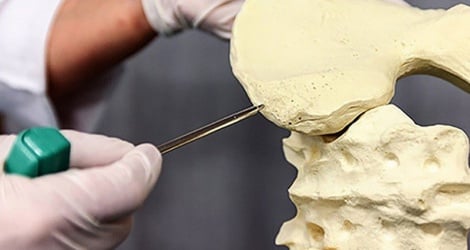

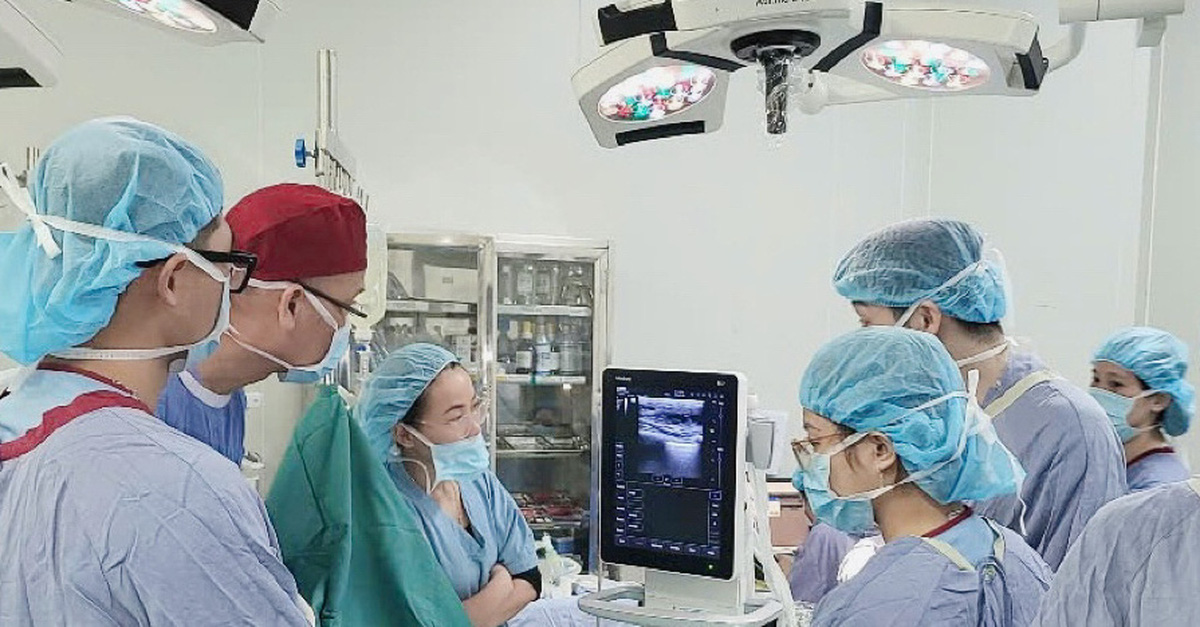

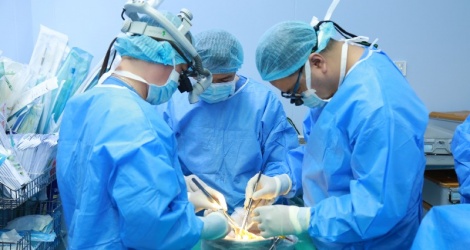











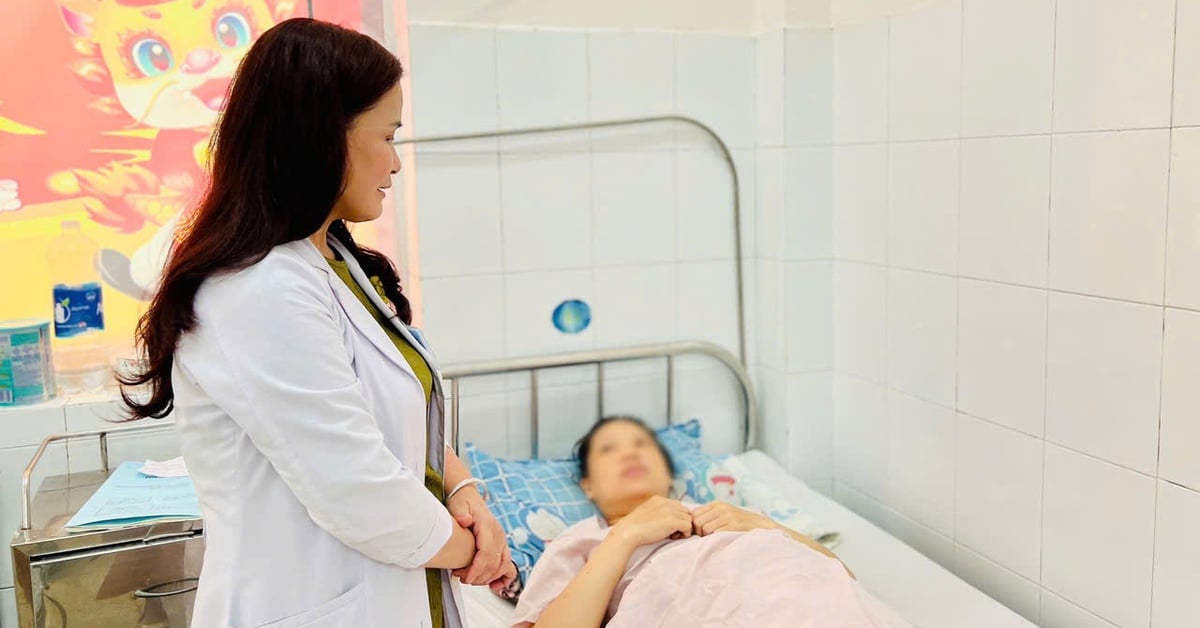








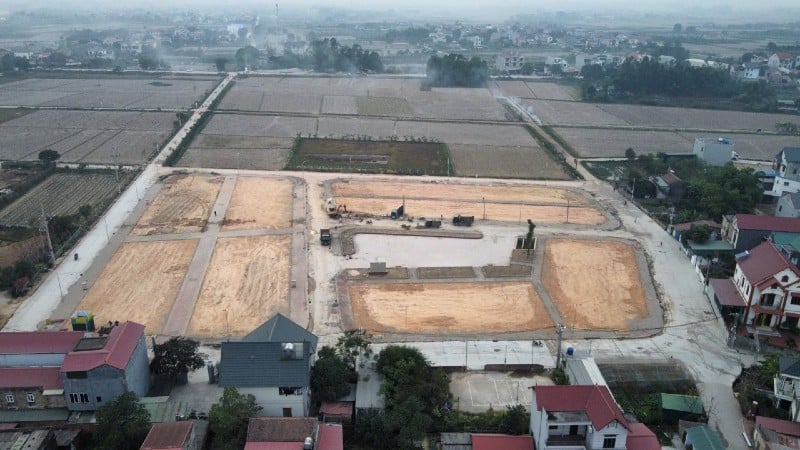



























































Comment (0)